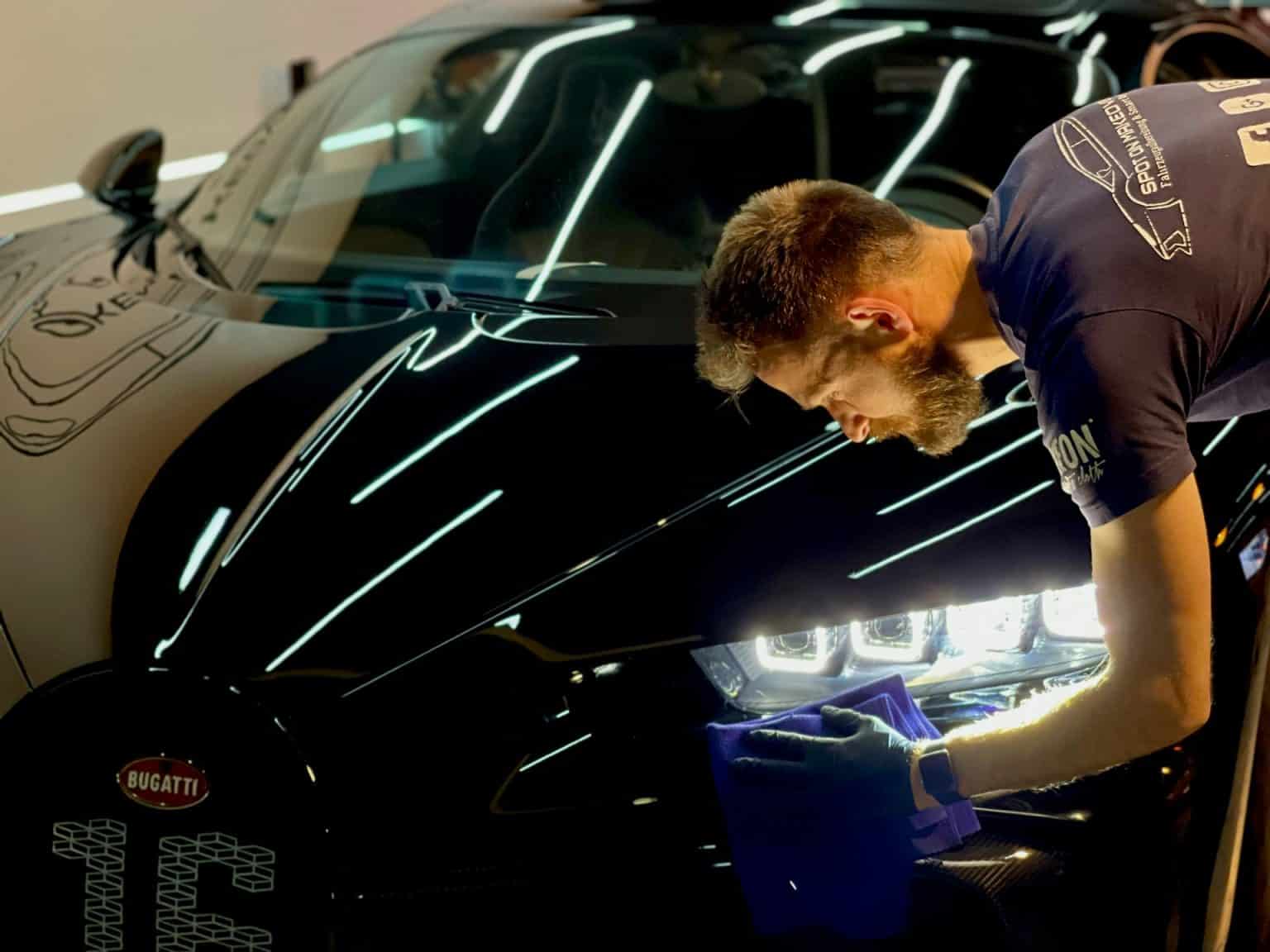Drivers with vehicles over three years old in the UK have a rite of passage each year, otherwise commonly known as an annual MOT test. Aside from being a legal requirement, an MOT certifies whether a vehicle is safe, efficient and roadworthy. It tests your vehicle’s performance against industry standards like the Euro 6 regulations (Euro 7 is on the way). This includes the inspection of key car components such as exhaust systems, brakes, tyres, etc.
A yearly MOT may seem like a hassle, yet it’s necessary to ensure your vehicle is in good working order and meets increasingly stringent environmental regulations. That said, if you’re skipping regular maintenance to save costs or because it’s inconvenient, your vehicle is likely to fail an MOT. Every year, 1 in 4 vehicles or approximately 28% of vehicles that undergo the MOT, fail the test.
Most vehicles that fail MOT tests show signs of poor upkeep. From clogged DPF filters and faulty headlights to worn-out brake pads or improper wheel alignment, there are several reasons why your vehicle could fail an MOT. The best way to ensure your vehicle is road-ready is to get it locally serviced and then tested at the best place for MOT in Kettering, Northampton or any other location close to you.
In this article, we discuss common reasons why vehicles fail MOT tests in 2025.
Brakes and Suspension
Brakes and a vehicle’s suspension system are one of the most critical components for vehicle safety, yet almost 10% of MOT failures happen due to issues with these components. Worn-out brake pads, unresponsive brakes, or soft brake pedals can compromise your safety.
You should also pay attention to any squeaky sounds or grinding noises when you brake, as they could indicate issues with your braking system. Issues with your suspension system may be harder to spot. However, if you notice knocking sounds or your car bouncing over bumps more than normal, it’s best to get the suspension inspected by a professional.
Regular car servicing can ensure these issues are spotted before they become major problems, requiring costly repairs.
Lights and Signalling Issues
Imagine you’re driving back in the evening from a day of outdoor activities at Avalanche Adventure and find your headlights not functioning properly. It’s an immediate safety risk as it reduces visibility and increases your chances of meeting with an accident. Vehicles with faulty headlights, brake lights or broken indicator lights rarely pass the MOT.
This could be due to a bad relay, a wiring issue, a blown fuse, or, more commonly, due to a burnt-out bulb. Although less common, rusty or corroded connectors and moisture in the headlight assembly can also cause light and signal issues.
Simple bulb replacements can be done at home. More complex issues, such as electrical issues, should be addressed at your local garage, where professional technicians can help replace the entire assembly if required.
Tyres and Wheels
Tyres are an important part of your vehicle, being the only component that touches the road surface. This exposes it to objects, friction, cracks and tears, which can impact vehicle safety, especially in wet conditions. Besides this, improper tyres, incorrectly fitted tyres, or wrong pressure can also create problems and lead to MOT failure.
To avoid this, begin by ensuring tread depths meet legal requirements, i.e., 1.6 mm across the central three-quarters of the tyre. Follow your manufacturer’s recommendations for choosing the right tyre type for your vehicle, as mixing up tyres is illegal and can lead to improper braking and handling.
If you notice your tyres showing signs of uneven wear and tear, consider getting a wheel alignment check done too. Improper alignment can also look like your vehicle being pulled toward one side, squealing tyres when turning and a vibrating or loose steering wheel. Ignoring these can lead to an MOT failure, as well as lead to poor fuel efficiency.
Thankfully, many professional garages offer free tyre checks and inspections, which can help ascertain whether you need a wheel alignment fix, tyre replacements or an air top-up.
Exhaust and Emissions
The country’s ambitious net-zero targets have led to the introduction of more stringent environmental regulations, which are reflected in the Euro 7 regulations to be implemented in the UK next year. Increased regulatory scrutiny on emissions means you cannot afford to have exhaust leaks or excessive smoke coming out of your vehicle.
This not only leads to an MOT failure but also invites penalties under different regulations, something to be taken seriously as far as your vehicle’s health is concerned. After all, exhaust systems play a vital role in ensuring your engine runs smoothly. For this reason, experts recommend getting regular exhaust system checks done as part of routine maintenance.
Get your engine serviced with recommended intervals for oil changes to keep your vehicle in good condition. If you’re heading for an MOT test, make sure to drive your vehicle for a minimum of 20 minutes to get the catalytic converter warm. This helps the vehicle burn fuel more efficiently.
Summing Up
You have a better chance of passing an MOT test with regular servicing than without. This is a proactive way of ensuring your vehicle stays in optimal health at all times, rather than waiting for minor car issues to escalate and fixing them with costly repairs. We hope this article has been helpful in getting your vehicle MOT-ready in 2025.



